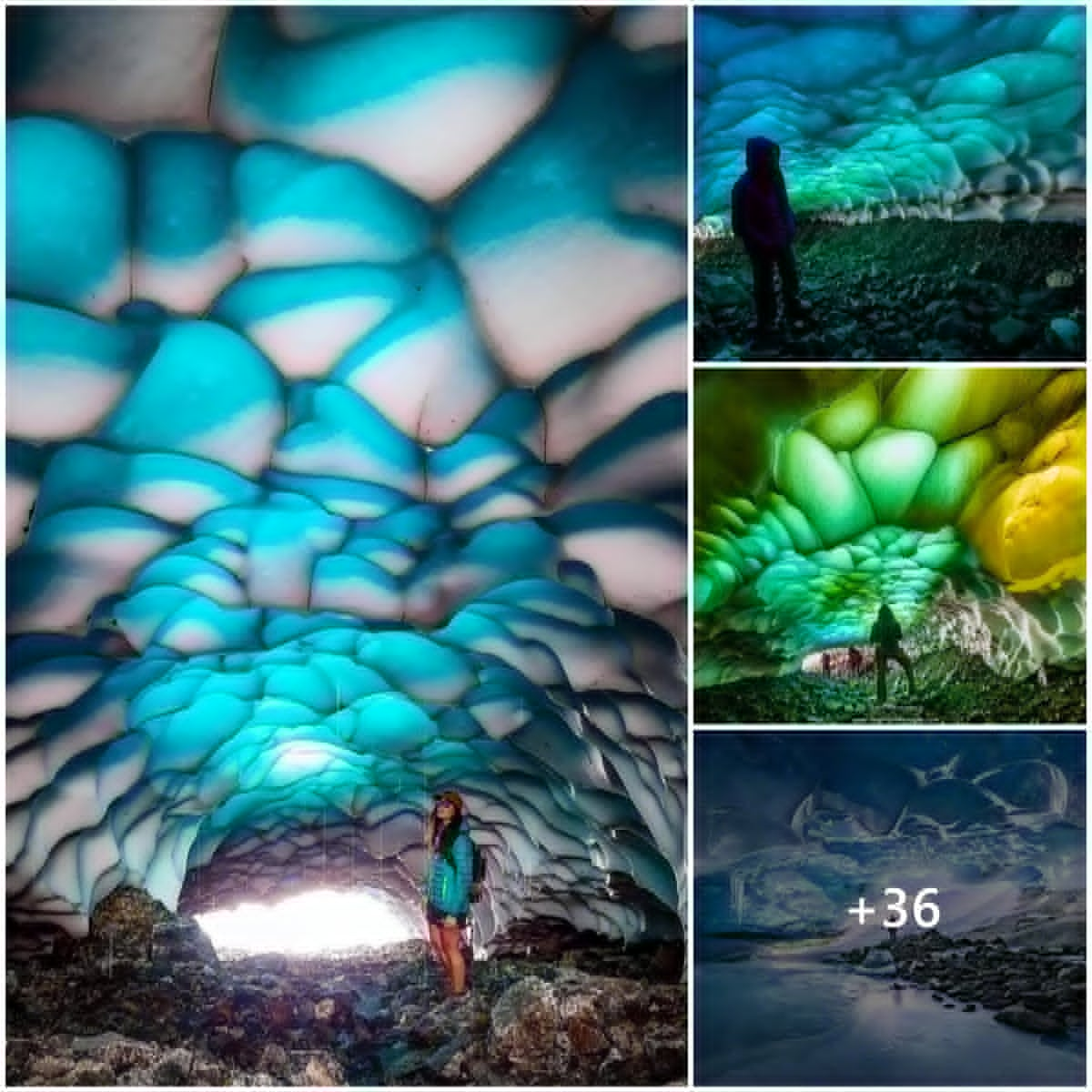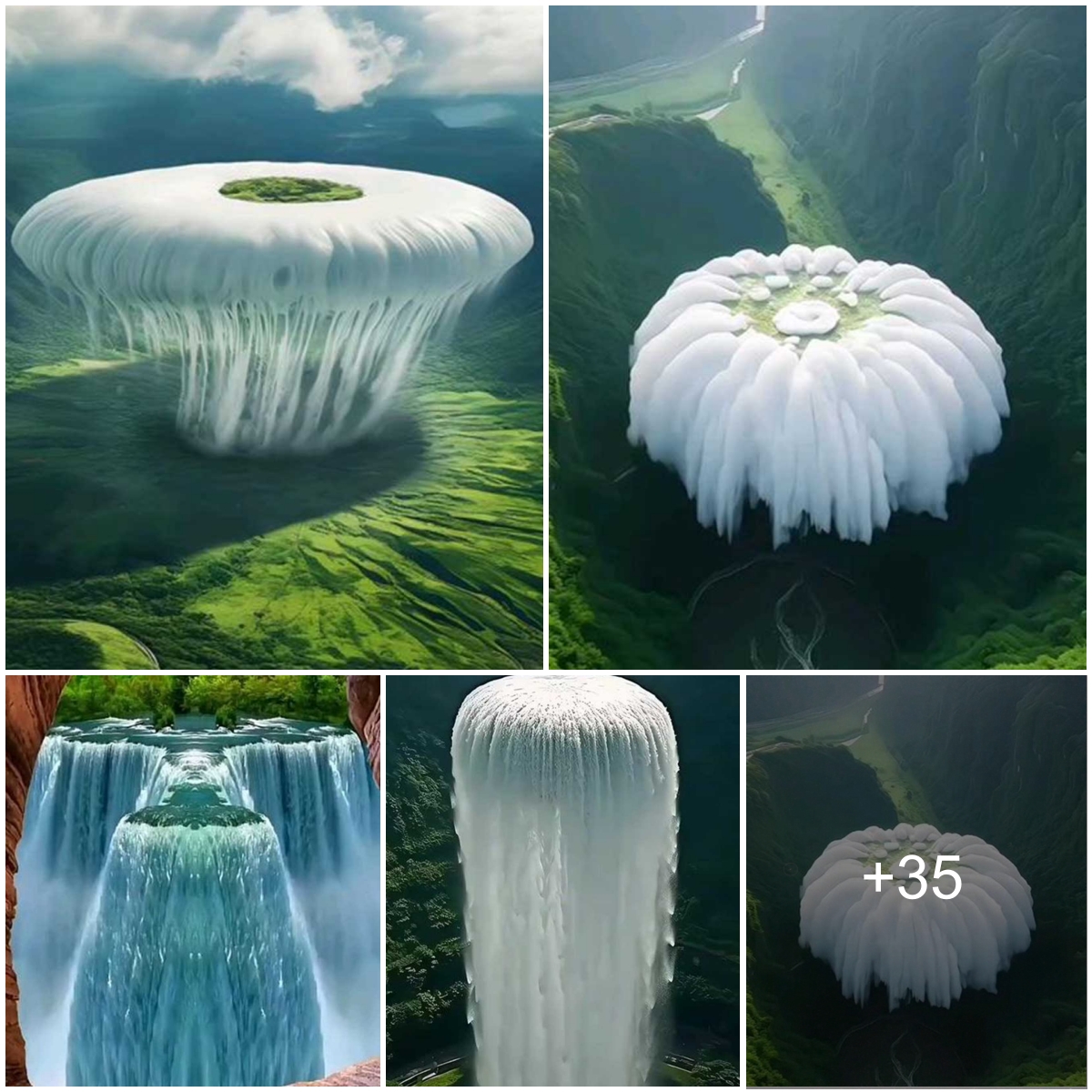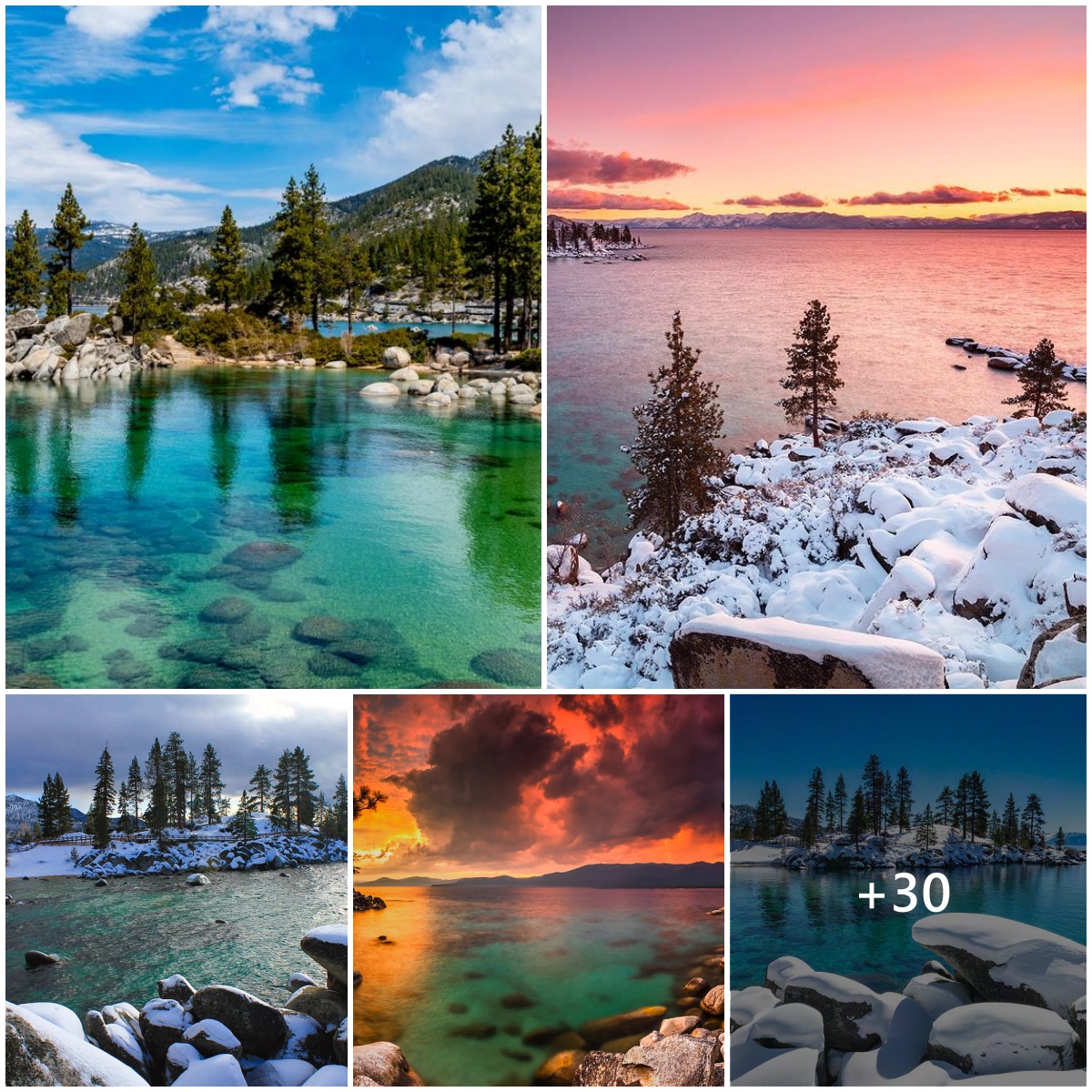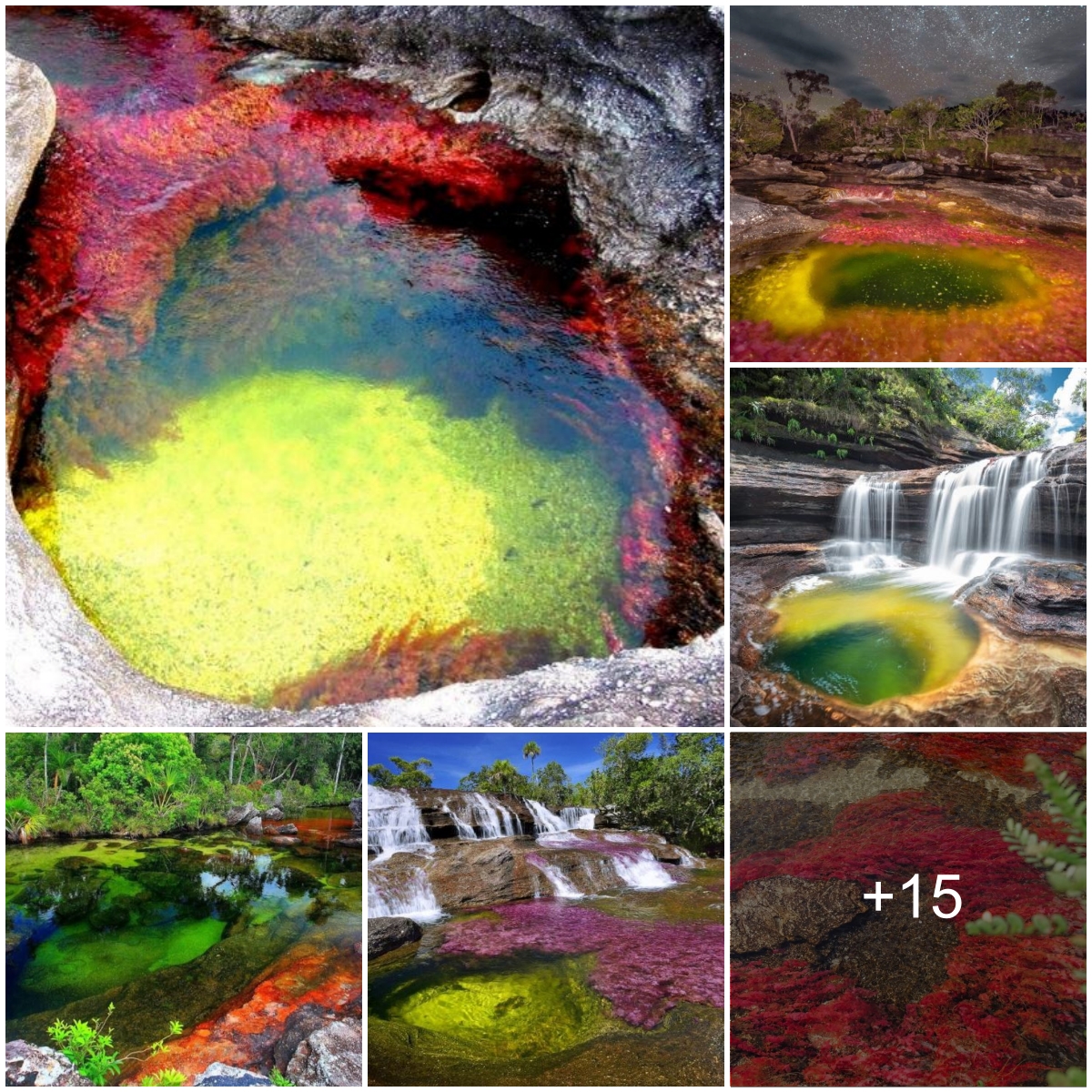Mountains are nature’s grandiose sculptures, standing tall and majestic, shaping the landscapes they inhabit. From towering peaks to rolling hills, the world is adorned with a diverse range of mountains, each with its unique characteristics. In this exploration, we’ll delve into the fascinating world of mountains, unraveling the distinct types that grace our planet.
Explore Majestic Mountains – Open in a New Tab
1. Fold Mountains
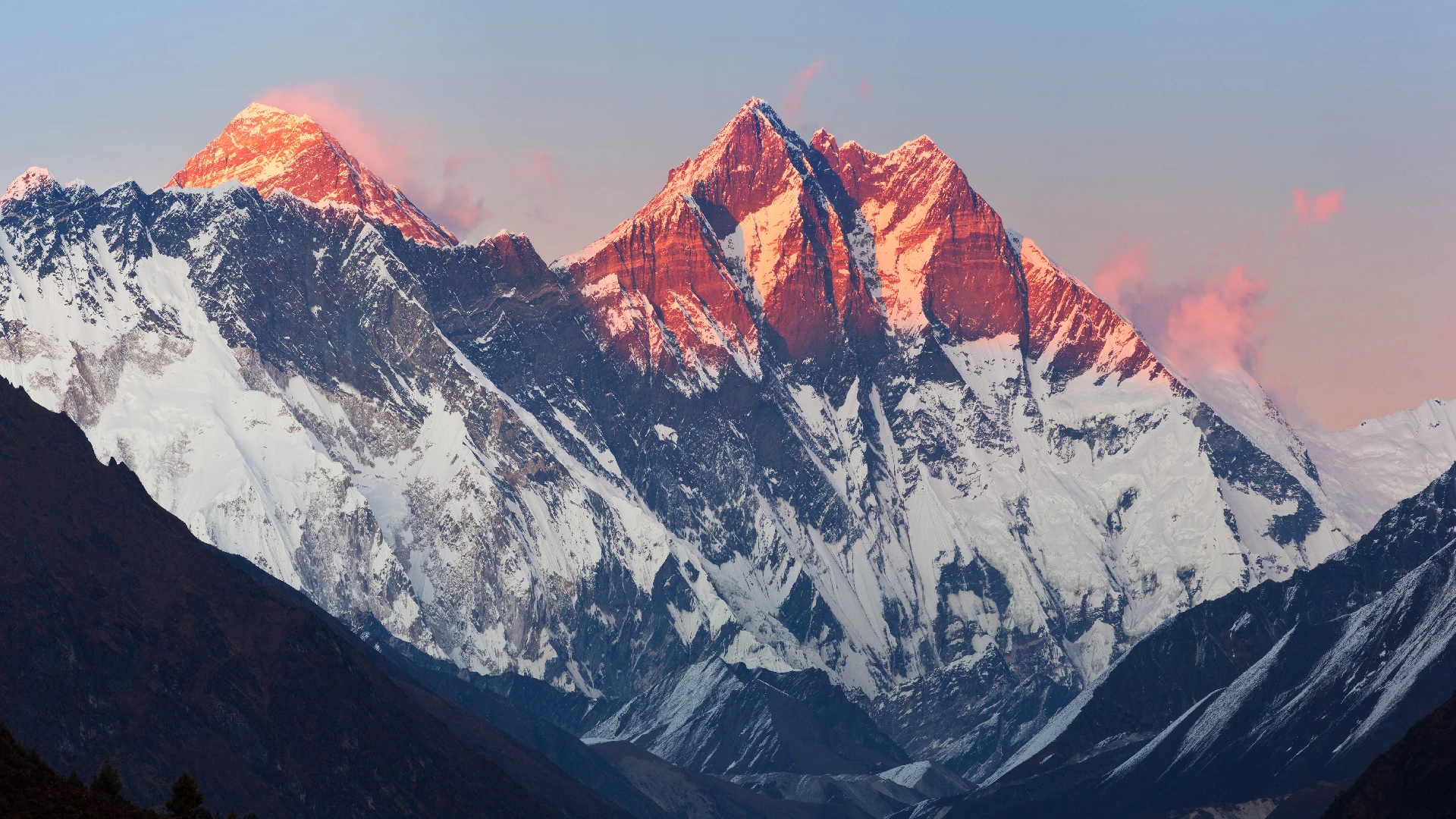 Our journey begins with the most iconic and commonly recognized type of mountains – Fold Mountains. These geological marvels are formed through the tectonic forces that compress the Earth’s crust, resulting in the folding of rock layers. The Himalayas, stretching across Asia, are a prime example, showcasing the raw power of colliding tectonic plates.
Our journey begins with the most iconic and commonly recognized type of mountains – Fold Mountains. These geological marvels are formed through the tectonic forces that compress the Earth’s crust, resulting in the folding of rock layers. The Himalayas, stretching across Asia, are a prime example, showcasing the raw power of colliding tectonic plates.
Transitioning to the next type, let’s uncover the mysteries of…
2. Block Mountains
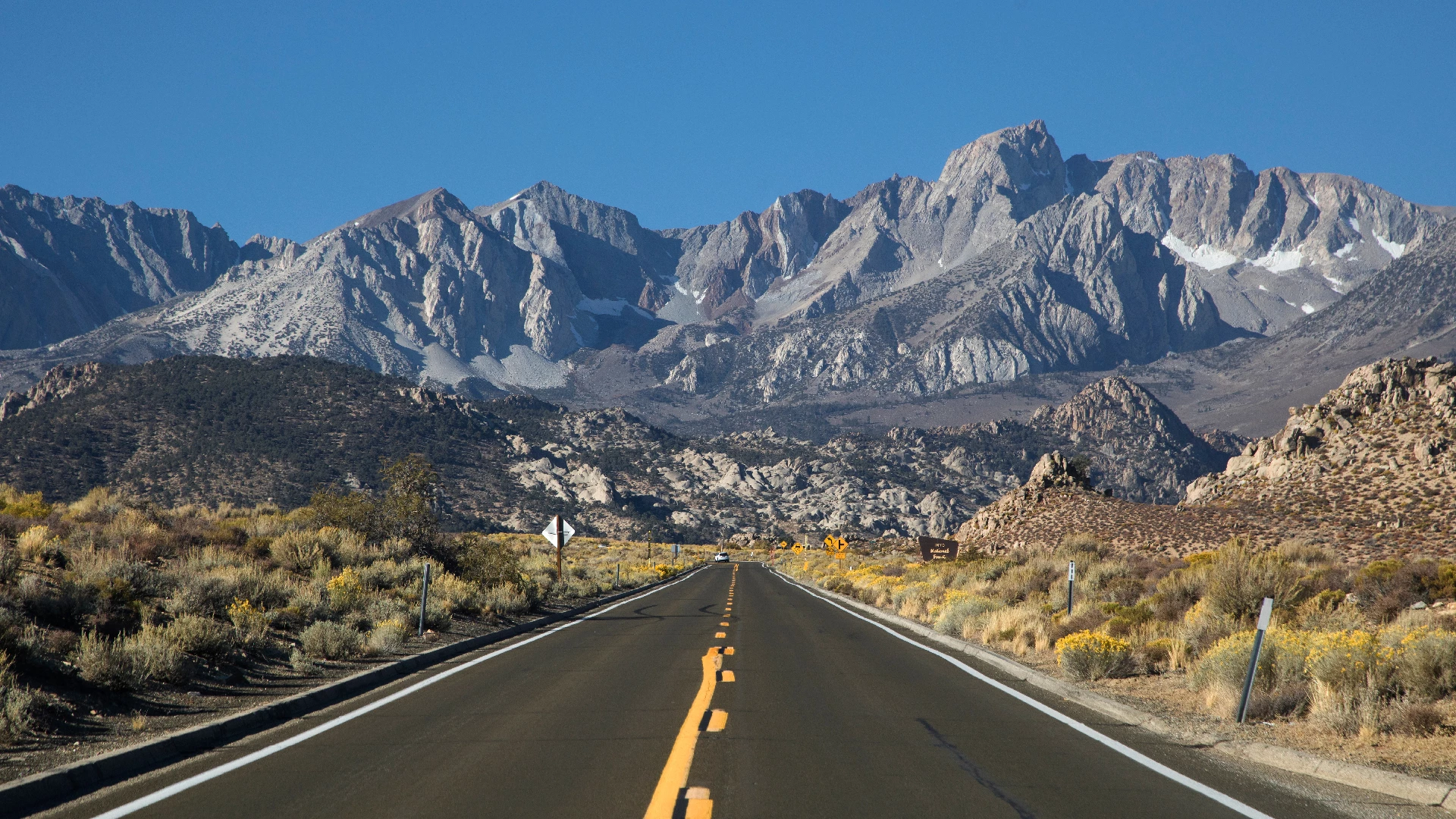 These mountains, born out of the Earth’s crustal movements, offer a stark contrast to the folded grandeur of their counterparts. Block mountains, such as the Sierra Nevada in North America, emerge when blocks of the Earth’s crust move upward or downward along fault lines. The result is a breathtaking landscape, marked by steep cliffs and picturesque valleys.
These mountains, born out of the Earth’s crustal movements, offer a stark contrast to the folded grandeur of their counterparts. Block mountains, such as the Sierra Nevada in North America, emerge when blocks of the Earth’s crust move upward or downward along fault lines. The result is a breathtaking landscape, marked by steep cliffs and picturesque valleys.
As we journey onward, the spotlight turns to…
3. Dome Mountains
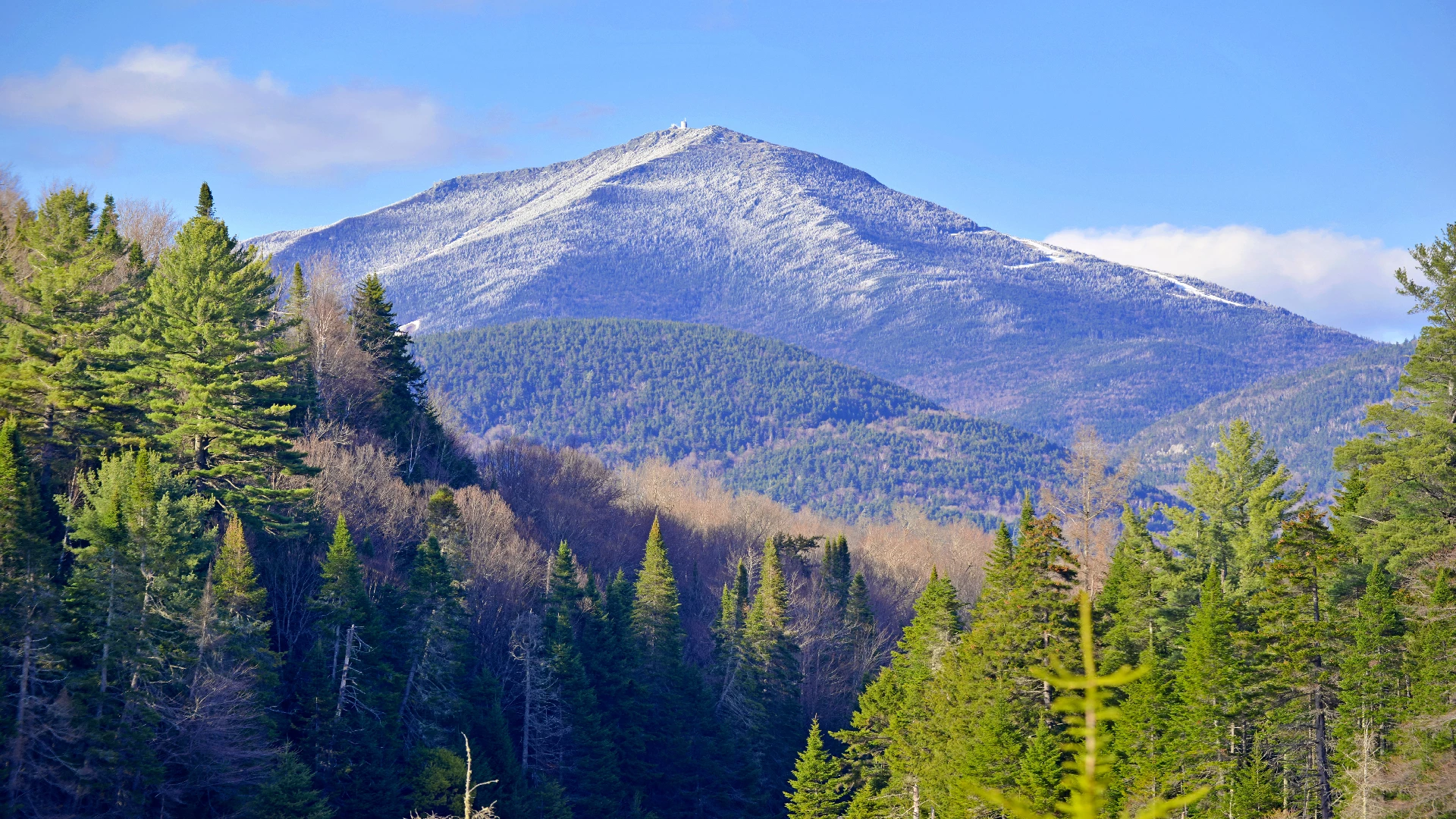 Dome mountains stand as silent sentinels, their smooth, rounded summits distinguishing them from their jagged counterparts. Formed by the slow but forceful uplifting of rock layers, dome mountains, like the Adirondacks in New York, showcase the resilience of the Earth’s crust. The smooth, symmetrical appearance of these peaks adds a touch of elegance to the mountainous panorama.
Dome mountains stand as silent sentinels, their smooth, rounded summits distinguishing them from their jagged counterparts. Formed by the slow but forceful uplifting of rock layers, dome mountains, like the Adirondacks in New York, showcase the resilience of the Earth’s crust. The smooth, symmetrical appearance of these peaks adds a touch of elegance to the mountainous panorama.
Transitioning seamlessly, our exploration now leads us to…
4. Volcanic Mountains
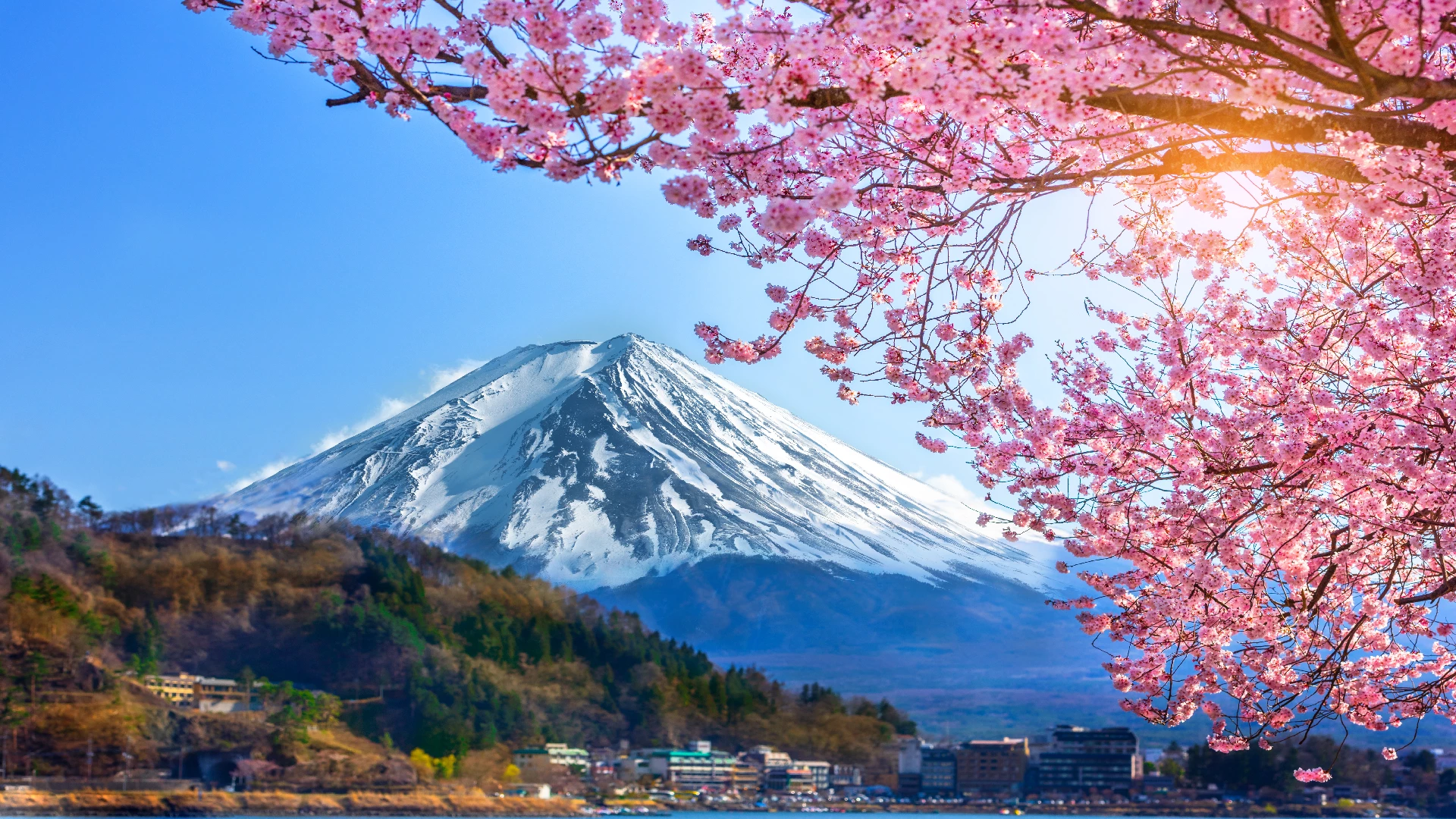
The fiery forces beneath the Earth’s surface give birth to volcanic mountains. Picture the iconic cone-shaped peaks like Mount Fuji in Japan or Mount St. Helens in the United States. These mountains arise from the accumulation of volcanic materials such as lava, ash, and rocks. The dynamic, ever-changing nature of volcanic mountains adds an element of unpredictability to their breathtaking landscapes.
Next on our journey is the enchanting world of…
5. Plateau Mountains
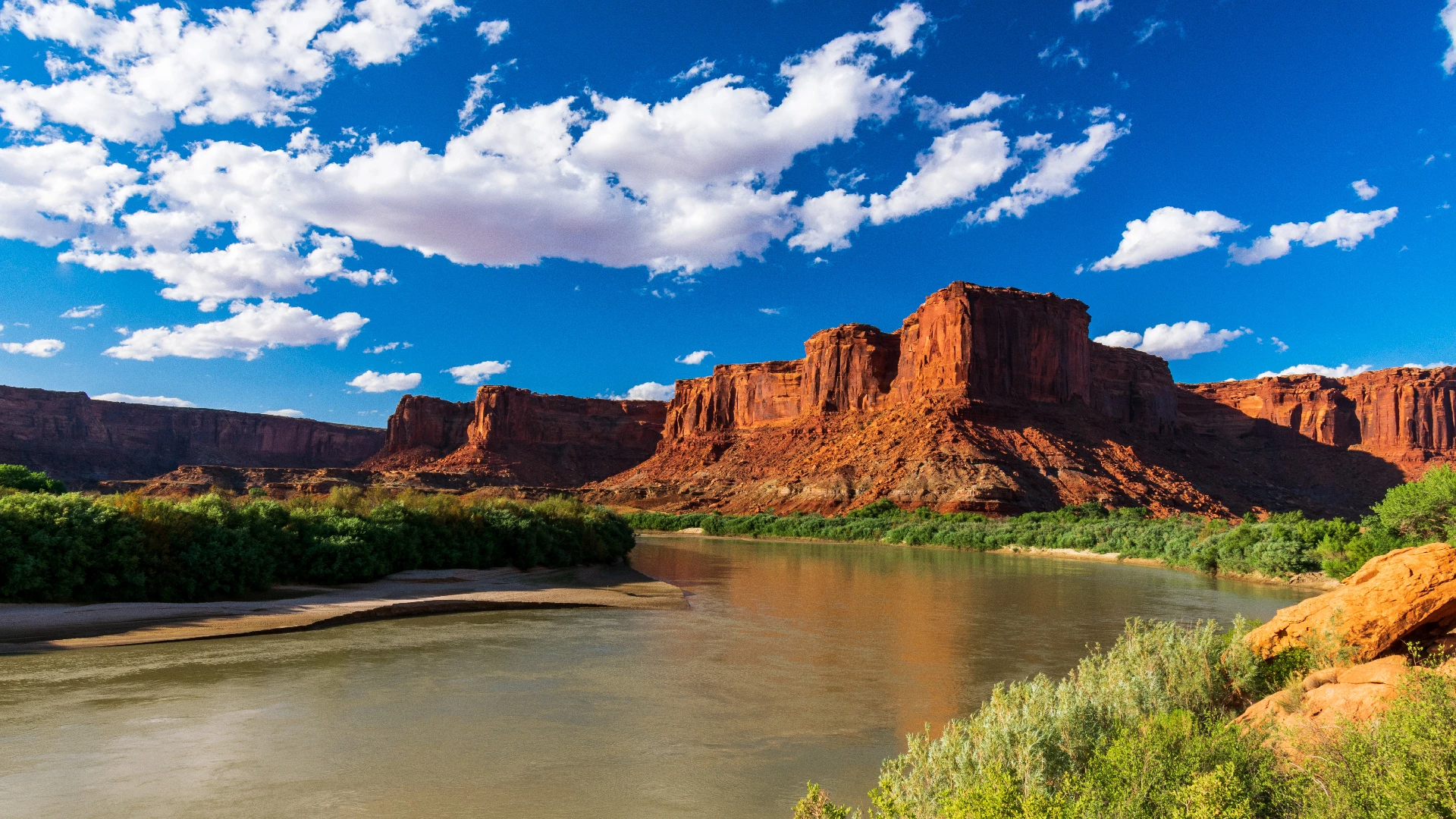 Nestled between the realms of plateaus and mountains, plateau mountains, like the Colorado Plateau in the USA, offer a unique blend of elevation and flat terrain. These mountains form as a result of tectonic activity, where the Earth’s crust is uplifted, creating vast, elevated plateaus with distinct mountainous features. The expansive views from plateau mountains provide a different perspective on the world below.
Nestled between the realms of plateaus and mountains, plateau mountains, like the Colorado Plateau in the USA, offer a unique blend of elevation and flat terrain. These mountains form as a result of tectonic activity, where the Earth’s crust is uplifted, creating vast, elevated plateaus with distinct mountainous features. The expansive views from plateau mountains provide a different perspective on the world below.
Our exploration now leads us to the rugged allure of…
6. Residual Mountains
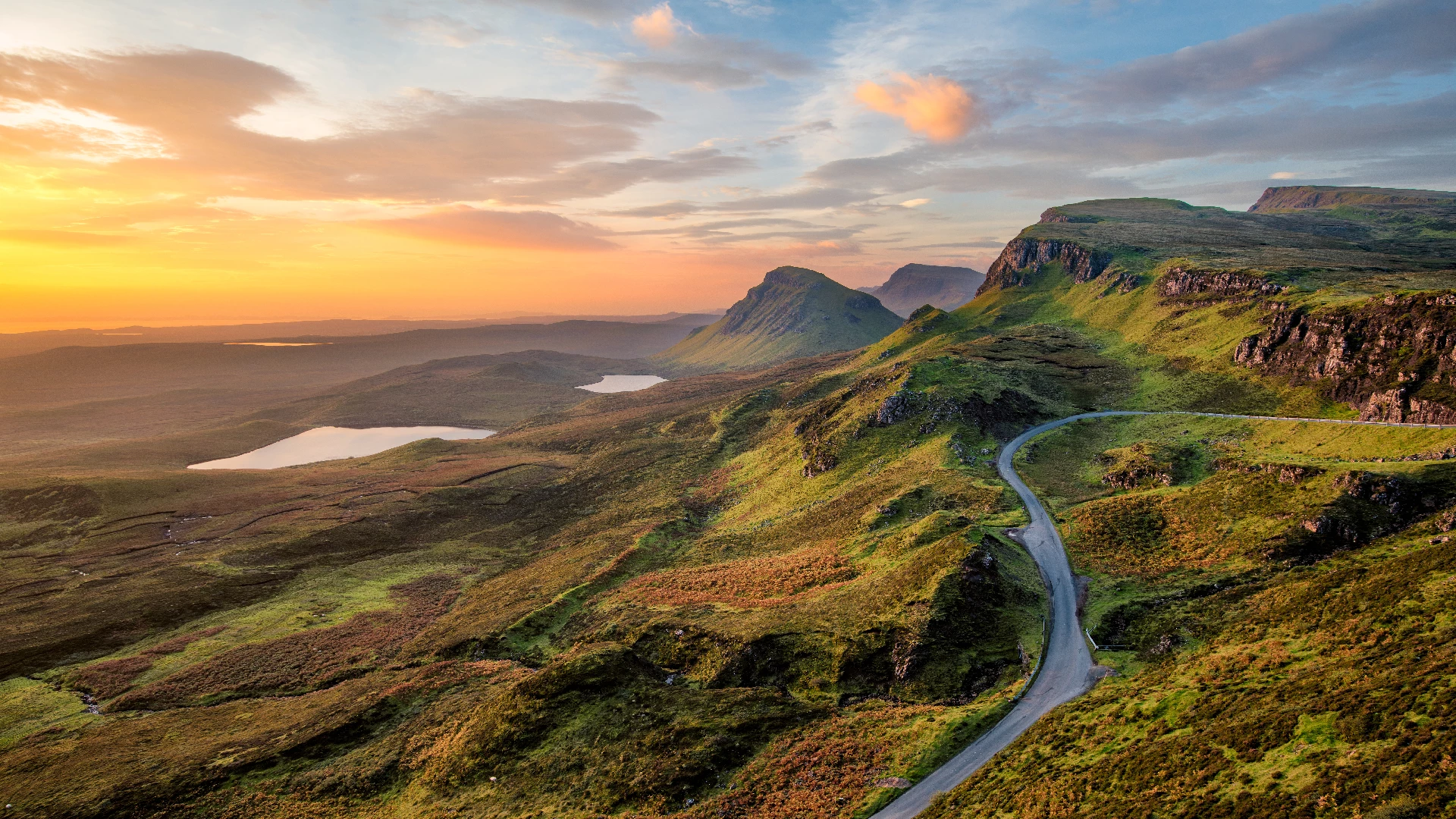 Residual mountains stand as the last remnants of once towering ranges eroded by the relentless forces of wind, water, and ice. The Scottish Highlands, adorned with remnants of ancient mountain ranges, exemplify the stoic resilience of residual mountains. Despite the relentless erosion, these mountains retain an undeniable charm, offering a glimpse into the Earth’s ever-changing history.
Residual mountains stand as the last remnants of once towering ranges eroded by the relentless forces of wind, water, and ice. The Scottish Highlands, adorned with remnants of ancient mountain ranges, exemplify the stoic resilience of residual mountains. Despite the relentless erosion, these mountains retain an undeniable charm, offering a glimpse into the Earth’s ever-changing history.
Transitioning smoothly, let’s uncover the mysteries of…
7. Horn Mountains
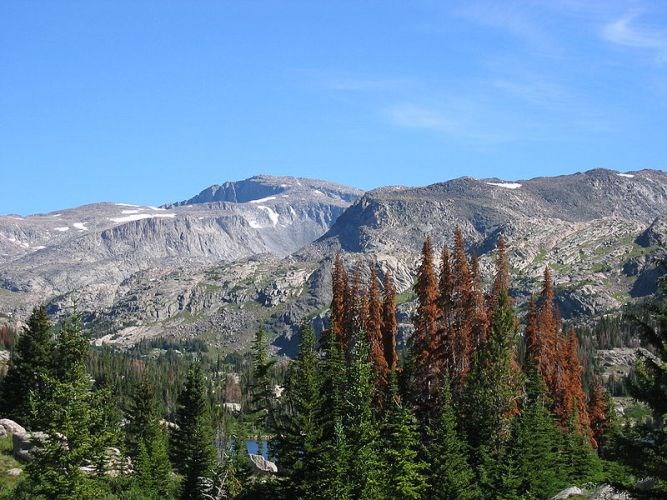 Named for their sharp, horn-like peaks, these mountains, such as the Matterhorn in the Alps, are sculpted by the erosive forces of glaciers. The distinct pyramidal shape of horn mountains is a testament to the shaping power of ice, which carves away at the rock, leaving behind striking peaks that capture the imagination. The sheer beauty and challenge these mountains present to climbers make them a focal point for adventure seekers.
Named for their sharp, horn-like peaks, these mountains, such as the Matterhorn in the Alps, are sculpted by the erosive forces of glaciers. The distinct pyramidal shape of horn mountains is a testament to the shaping power of ice, which carves away at the rock, leaving behind striking peaks that capture the imagination. The sheer beauty and challenge these mountains present to climbers make them a focal point for adventure seekers.
Concluding our exploration, we arrive at…
8. Isolated Mountains
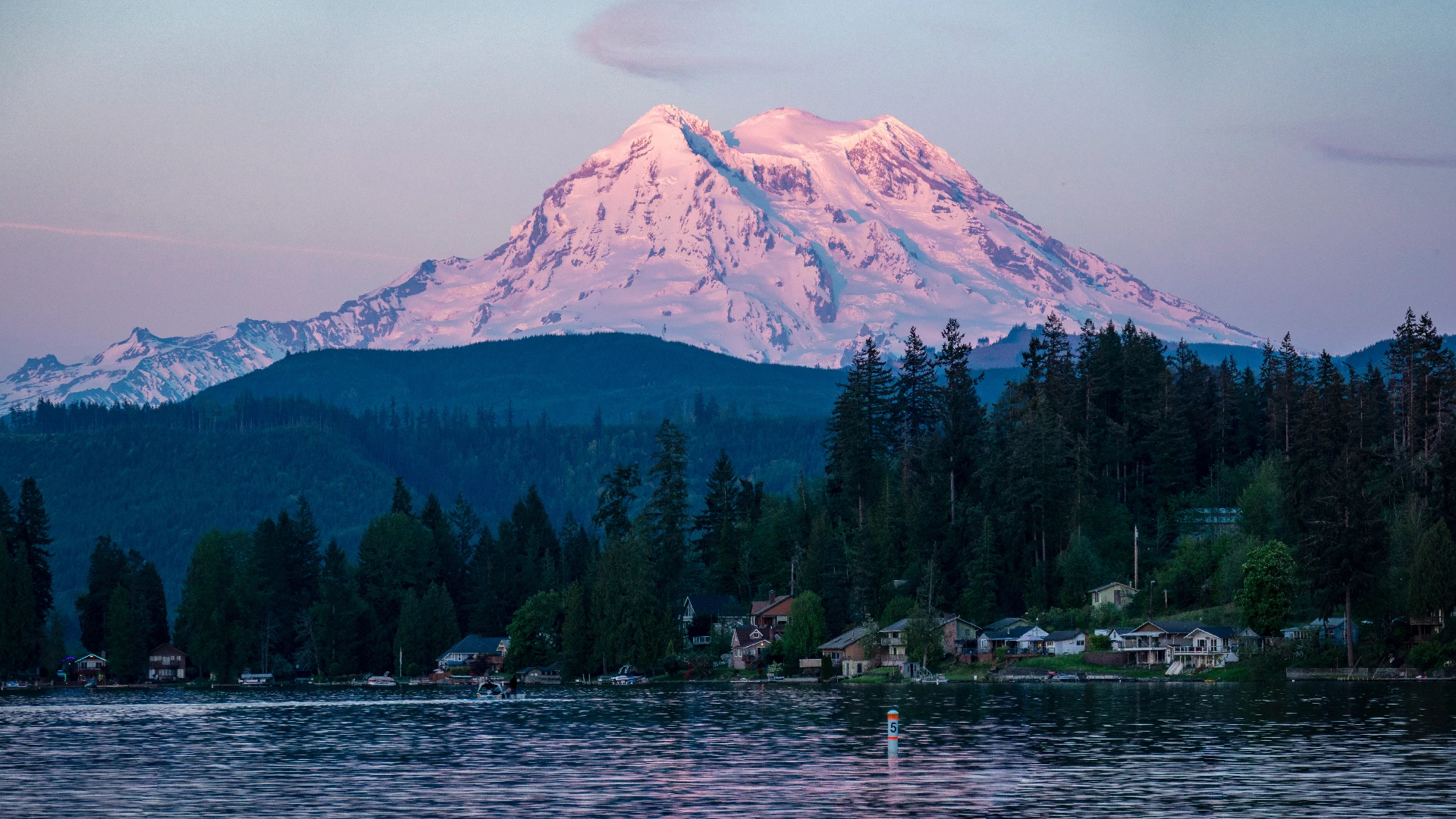 Isolated mountains, standing alone in splendid solitude, defy the conventional patterns of mountain ranges. Mount Rainier in Washington, USA, is a prime example of an isolated mountain, rising majestically amidst flat landscapes. These singular peaks often hold cultural significance and are revered for their solitary grandeur.
Isolated mountains, standing alone in splendid solitude, defy the conventional patterns of mountain ranges. Mount Rainier in Washington, USA, is a prime example of an isolated mountain, rising majestically amidst flat landscapes. These singular peaks often hold cultural significance and are revered for their solitary grandeur.
In our journey through the diverse world of mountains, we’ve encountered the awe-inspiring beauty of fold mountains, the dramatic landscapes of fault-block mountains, the elegant symmetry of dome mountains, the dynamic forces shaping volcanic mountains, the unique blend of elevation and flat terrain in plateau mountains, the stoic resilience of residual mountains, the striking allure of horn mountains, and the solitary grandeur of isolated mountains.
As we reflect on these different mountain types, we can’t help but marvel at the Earth’s geological tapestry, woven with the forces of time and nature.
From the highest peaks to the most isolated summits, each mountain type contributes to the rich mosaic of our planet’s landscapes, inviting us to explore, admire, and connect with the remarkable world of mountains.
Explore Majestic Mountains – Open in a New Tab
views
In the tranquil realms of wetlands, where water meets land in a delicate dance, a diverse array of creatures thrives. From majestic birds to playful mammals, each inhabitant plays a crucial role in maintaining the…
Our planet holds a vast array of landscapes, from the icy peaks of the Himalayas to the lush rainforests of the Amazon. But nestled in the Afar Triangle of Ethiopia lies a place unlike any other – the Danakil Depression…
In the tapestry of the natural world, where every creature plays a pivotal role in the ecosystem’s harmony, there exists a phenomenon so fleeting yet so profoundly beautiful that it captures the essence of…

